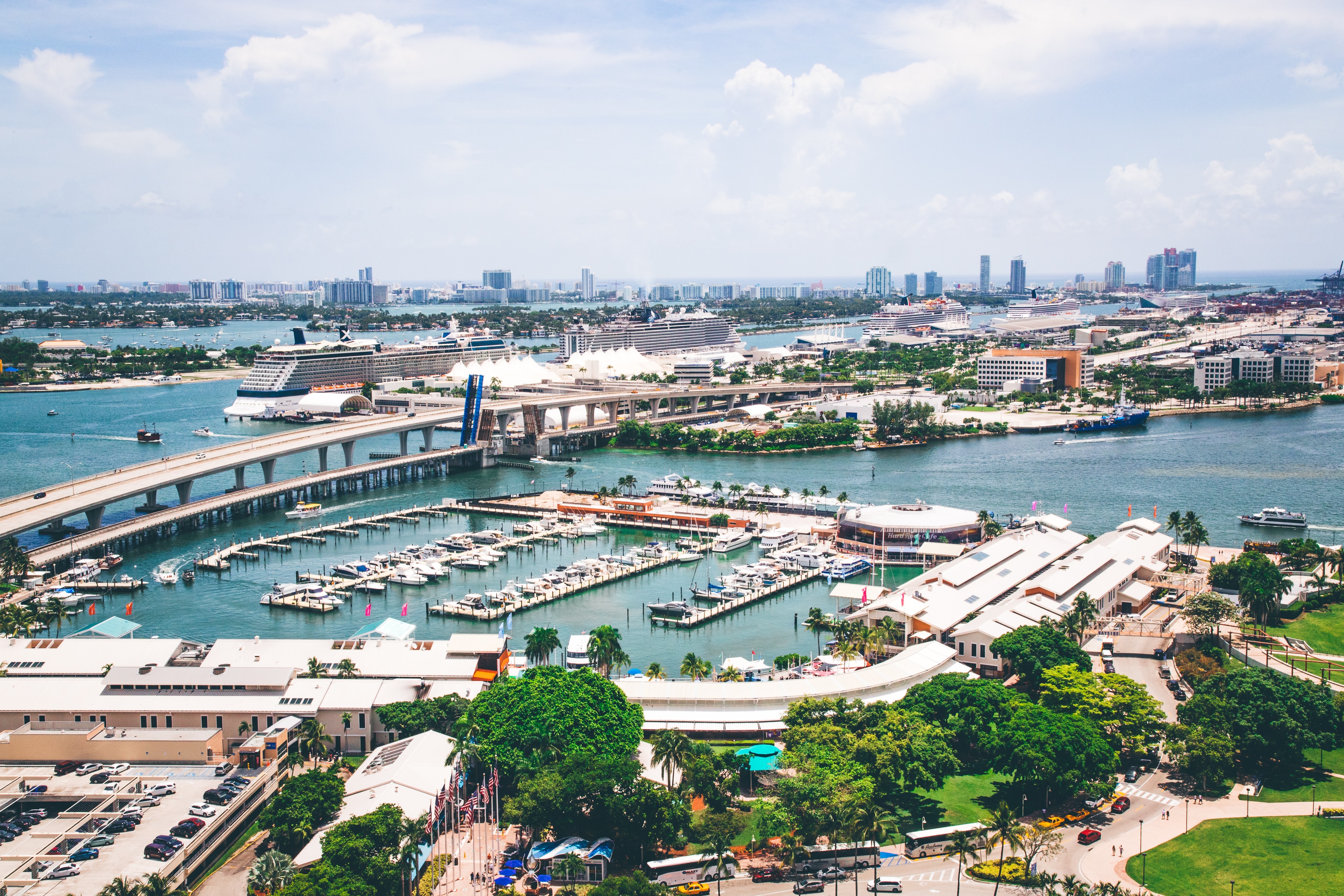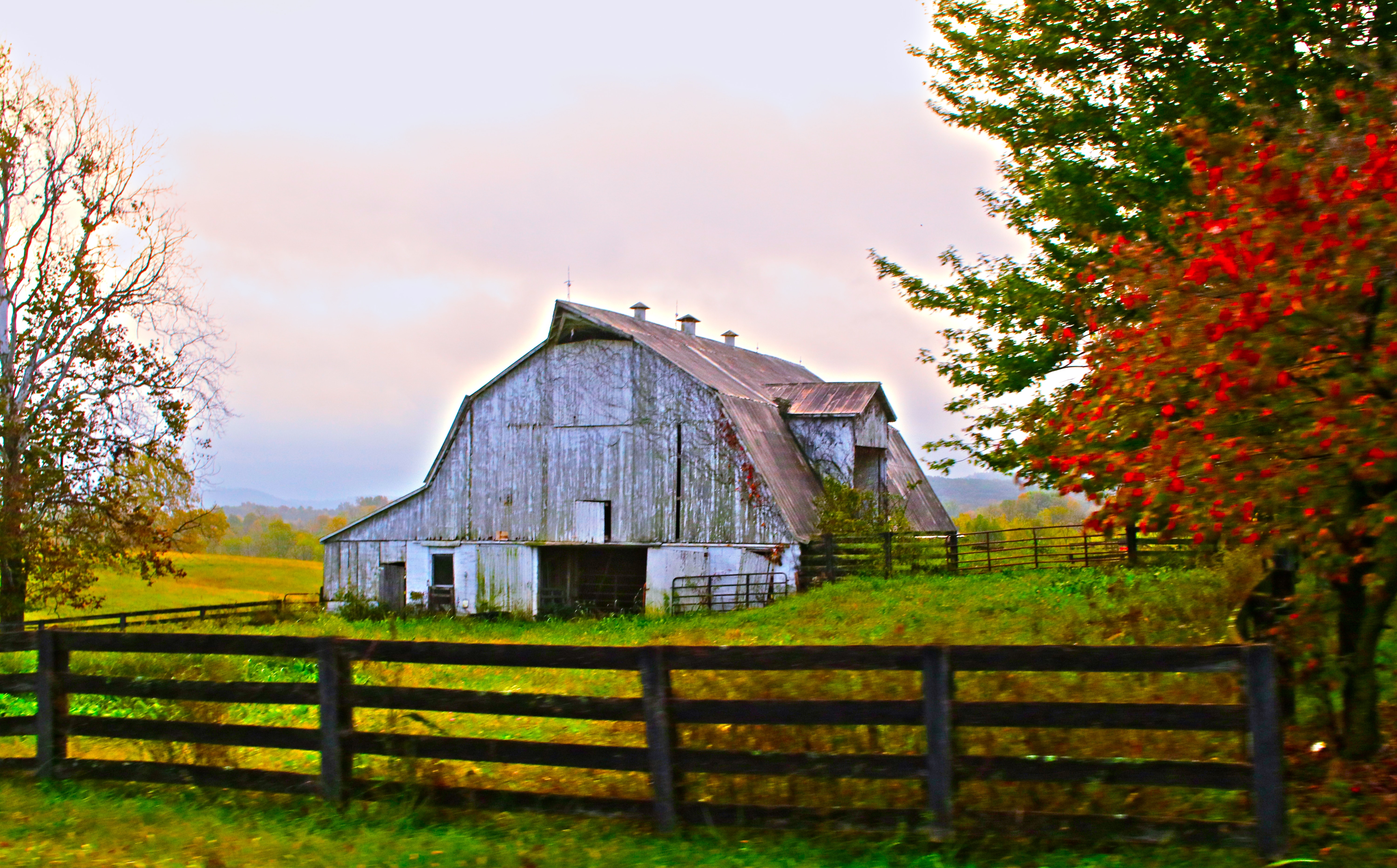Capital investment used to be easier to predict. As Business Insider puts it: It will flow to where it’s most wanted, where it’s respected, where it’s safe, and where it has the highest probability of market-rate adjusted returns. In their 2017 article, Smaller American cities are attracting investment capital from overseas, they cite concerns about the EUs stability in wake of Brexit as reason for FDI shifting to the more stable US market. This trend has continued in spite of US increased protectionism, albeit with less glee and excitement. Simply put, the US remains the safest economy to place a bet on when it comes to global investment. However, within the United States there is a distinct variance in returns due to the mechanics of federalism, regional differences, and internal politics.
Prior to the mid-aughts the dispersion of wealth in the United States looked very different with most of it held between the NY and Silicon Valley regions. Purchasing real estate in Manhattan or San Francisco was difficult due to sky high prices and extraordinary demand and while these regions still hold their own globally they are not the epicenters of commerce that they once were. Today, Northern Virginia and Maryland see the greatest concentration of wealth due to its proximity to the US Federal Government. In fact, it is this shift in wealth that has driven major tech giants to open headquarters and data centers in the Mid-Atlantic. So what does this shift mean to investors?
The truth is it shouldn’t mean much. Investment in the US, regardless of region will always be a safe bet. The US government doesn’t have a total shift as one party moves into the White House as it does in many Parliamentary systems and its economy despite the ups and downs still is comparatively stable from a global perspective. Investors don’t need to necessarily choose a metropolitan region like New York City, San Francisco, or Arlington, VA to be successful. In fact, based on various incentive packages there are multiple options that might be better suited to a particular investor.
Each state, each city, each county, and each region of the United States has its own appeal based on incentives both organic and developed. Knowing those incentives is a bit tricky. It’s easy to look at a map and find a location near a port or major transit hub, it’s less easy to find out which tax incentives or grants are applicable to the investment type. These are often the provenance of EDOs and regional partnerships that are discovered only when either actively engaged or accidentally click on the right LinkedIn advertisement. When comparing sites for investment knowing the full breadth of incentives can help save an investor hundreds of thousands if not millions of dollars. Until recently this process was time-consuming and costly, leading to direct investment usually going to a few well-known regions rather than to the right region for the opportunity.

The SITE Selector, a product of Duff & Phelps and powered by StageXchange, attempts to compile this business intelligence into one single platform for investors. The tool allows investors to compile their investment data into a single search that will retrieve the top ten locations based upon their requirements. Investors can then view the opportunities in an environment that allows for an accurate and unbiased comparison so that they can de-risk the investment and make a sound selection.
The Future
The domain of capital investment is on a precipice of change. That is the nature of technological advancement, it provides transparency, efficiency, and reduces risk. With data clarity investment dollars can be expanded past those areas that make foreign press and into communities and regions best suited for the product or service. To answer the question posed in this article, the future of capital investment is now a wide-open playing field.





